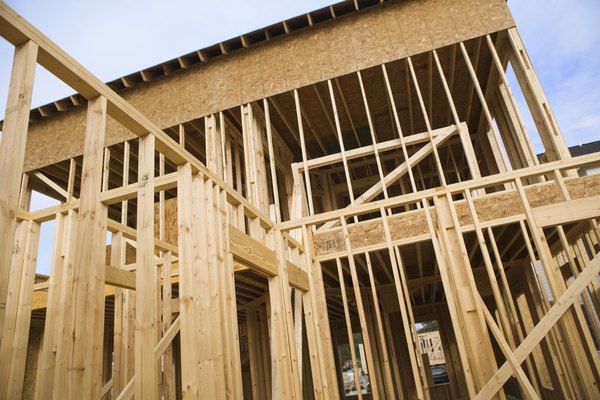How to Negotiate Mello-Roos
Mello-Roos is common in new communities.
Comstock Images/Stockbyte/Getty Images
Mello-Roos taxes are a special type of tax that impacts some properties in California. Properties that are subject to it can have an additional levy of 1 percent to 1.5 percent at initial assessment, plus an increase of as much as 2 percent per year. Since Mello-Roos taxes are imposed by the government, there is essentially nothing that buyers of properties in existing Mello-Roos districts can do about the taxes, but they can use the presence of the tax as a negotiating point for their purchases.
Tip
Although you can't negotiate Mello-Roos, you may be able to negotiate the price you're paying for a house to compensate for it.
Negotiating Mello-Roos Tax
Mello-Roos taxes date back to the passage of the Mello-Roos Community Facilities Act of 1982. The law allowed communities to vote a special tax on themselves to pay for costs to build new facilities such as parks, schools and museums, and to pay for additional community services when necessitated by growth. The act allowed communities to issue bonds that would be paid back with tax revenues provided by the district's residents.
The bonds must be paid off within 40 years, ending the special tax – although many Mello-Roos districts expire sooner. Mello-Roos taxes pay for the construction of new community improvements and services by shifting the cost to the community's residents. Many communities with Mello-Roos taxes have new schools and generous packages of amenities. Mello-Roos communities are also frequently growing and may enjoy relatively low crime rates thanks to the availability of money to pay for additional policing.
Your ability to negotiate the price of a property that is subject to the tax is dependent on the market. For instance, if a house is located a short distance from comparable homes that are not in a Mello-Roos district, you might be able to negotiate a discount to compensate for the higher cost of the Mello-Roos taxes for that particular home. If a home is in the middle of a Mello Roos district, though, the taxes are typically already figured into the price.
Exceptions to Mello-Rules Negotiations
Instead of negotiating Mello-Roos taxes, another option is to avoid properties that are subject to them. Since the Mello-Roos Act was passed in 1982, communities that predate that period are rarely subject to it. In addition, while Mello-Roos bonds can last as long as 40 years, they can also be much shorter.
Mello-Roos obligations usually last 20 to 30 years, meaning that properties built between 1988 and 1998 are likely to have their Mello-Roos obligations expire any time after 2018. It is also easy to tell whether or not a property is subject to Mello-Roos, since it must be disclosed as a part of a transaction.
Paying Your Mello-Roos Taxes
Unfortunately, if you live in California, you may find it becoming increasingly difficult to get around Mello-Roos. As demand for housing continues to exceed supply, local governments are more often using Mello-Roos payments to finance new infrastructure. A seller's market means buyers are at a disadvantage if they want to try to negotiate their way out of Mello-Roos.
When you go to pay property taxes, you'll generally find the money is added to your mortgage payment. If you own your home, your bill for Mello-Roos will be sent to you with your other property taxes each year. If you're paying Alhambra property tax, for instance, you'll see it in the bill Los Angeles County sends to your house which builds this tax in to what you owe.
References
Writer Bio
Steve Lander has been a writer since 1996, with experience in the fields of financial services, real estate and technology. His work has appeared in trade publications such as the "Minnesota Real Estate Journal" and "Minnesota Multi-Housing Association Advocate." Lander holds a Bachelor of Arts in political science from Columbia University.

